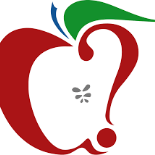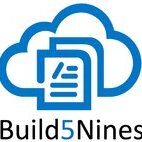#macos
-
Update Now: iOS 18.4.1 and macOS Sequoia 15.4.1 Address Actively Exploited Vulnerabilities
-
Terraform: Install Latest Version on macOS and Linux
- 1 comment
- 127 views
-
EC2 Mac Dedicated Hosts now provide visibility into supported macOS versions
-
Apple Vulnerability Can Expose iOS and macOS Passwords, Safari Browsing History
- 1 comment
- 132 views
-
Announcing general availability of Amazon EC2 M1 Mac instances for macOS
-
AWS announces support for Android, iOS, and MacOS games with AWS GameKit for Unreal Engine
- 1 comment
- 193 views
-
How to Apply MacOS Theme on Ubuntu 20.04?
- 1 comment
- 52 views
-
Released: Docker Desktop for Mac [Apple Silicon]
Docker ·
- docker desktop
- mac
- apple
- apple silicon
-
+1 more
Tagged with:
- 1 comment
- 46 views
-
Announcing Amazon EC2 Mac instances for macOS
- 2 comments
- 467 views


.png.6dd3056f38e93712a18d153891e8e0fc.png.1dbd1e5f05de09e66333e631e3342b83.png.933f4dc78ef5a5d2971934bd41ead8a1.png)






